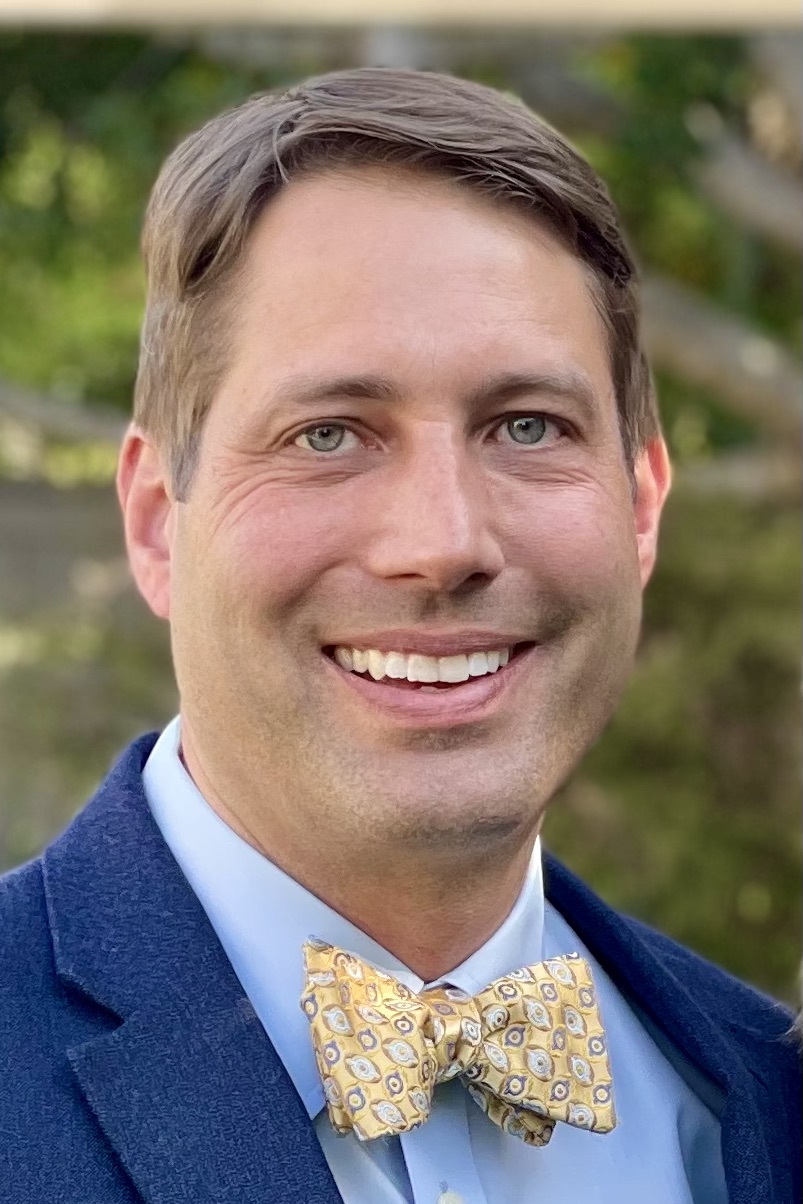
AAHPM reached out to the 2024 Visionaries to gain insight into what motivated them to pursue leadership positions and what they find more fulfilling in their experiences. Gary T. Buckholz, MD HMDC FAAHPM has been recognized as one of the exceptional individuals chosen as a 2024 AAHPM Visionaries in Hospice and Palliative Care.
Who has most influenced your work and how have they shaped your contributions?
I never thought of becoming a teacher until I observed one of my mentors, Dr. Charles von Gunten, facilitating a case conference 20 years ago. I saw the impact he was having in the room as he inspired others to think differently. My pharmacist colleague at the time, Rosene Pirrello, who was already a fantastic teacher, leaned over my shoulder and whispered, “I don’t think I’ll ever be as good as him, but I’ll die trying.” I immediately agreed. With plenty of help from Charles and Dr. Frank Ferris, I became more comfortable in the teaching role and led our fellowship program. I was also encouraged by Charles and Frank to pursue paths to firmly establish Hospice and Palliative Medicine as an accredited subspecialty and help other training programs get accredited and improve over time. Long ago, I was also introduced to arts and humanities in medicine by Dr. Charles Lewis. More recently, I have been re-introduced through the influence and mentorship of Dr. Evonne Kaplan-Liss and Valeri Lantz-Gefroh. With them, I help teach an innovative curriculum at the Sanford Center for Compassionate Communication at UCSD where faculty learn to surf uncertainty through improvisation, lean into vulnerability, take clown bows, gain perspective, communicate story, and ultimately find attunement in interpersonal interactions. This curriculum helps to sustain compassionate care over time and provides a way to disseminate palliative care communication principles to other specialties and disciplines.
What is the significance to you of being recognized as a “Visionary” in Hospice and Palliative Medicine?
I don’t generally think of myself as a visionary, but I’m very honored to be included in this group. I believe being recognized shows how much education and workforce development has been and will continue to be needed in our field. We have made huge strides in recent decades and there is still much work to do as technology grows, payment mechanisms change, and people live longer with serious illnesses. The need for sustainable models for compassionate palliative care continues to grow. Ultimately I believe that if you genuinely care about others, persevere in spite of the “broken system”, and grow skills of compassion, doors of opportunity will open. When doors open, rooms fill, connections are made, and more doors open.
What is your aspiration for the evolution of hospice and Palliative Medicine?
As the need for palliative care grows, it is important that the ripple effect of education continues to expand throughout healthcare. We must continue to foster innovative education strategies as a way to inspire clinicians throughout the healthcare system to provide compassionate care and rediscover joy in their work. My aspiration is that every primary specialty and every subspecialty will have some exposure to compassionate communication training and that subspecialty training for the hospice and palliative medicine care team will continue to grow. It is time for hospice and palliative medicine principles to be integrated throughout the healthcare system. This will require a wider view than simply focusing on improving hospice care or expanding inpatient palliative care services. It will take a willingness of palliative care leaders to work throughout the healthcare ecosystem in various professional associations, advocacy organizations, governmental entities, technology companies, accreditation groups, and payors. I trust that our field will continue to open doors for people with diverse interests and backgrounds to expand the influence of the field. This is the way we will create the healthcare system within which we want ourselves and our loved ones to receive care. As a field we need to be bold, flexible, and forward thinking.
Learn more about the AAHPM 2024 Visionaries in Hospice and Palliative Care and view a full list of all current and past Visionaries.
